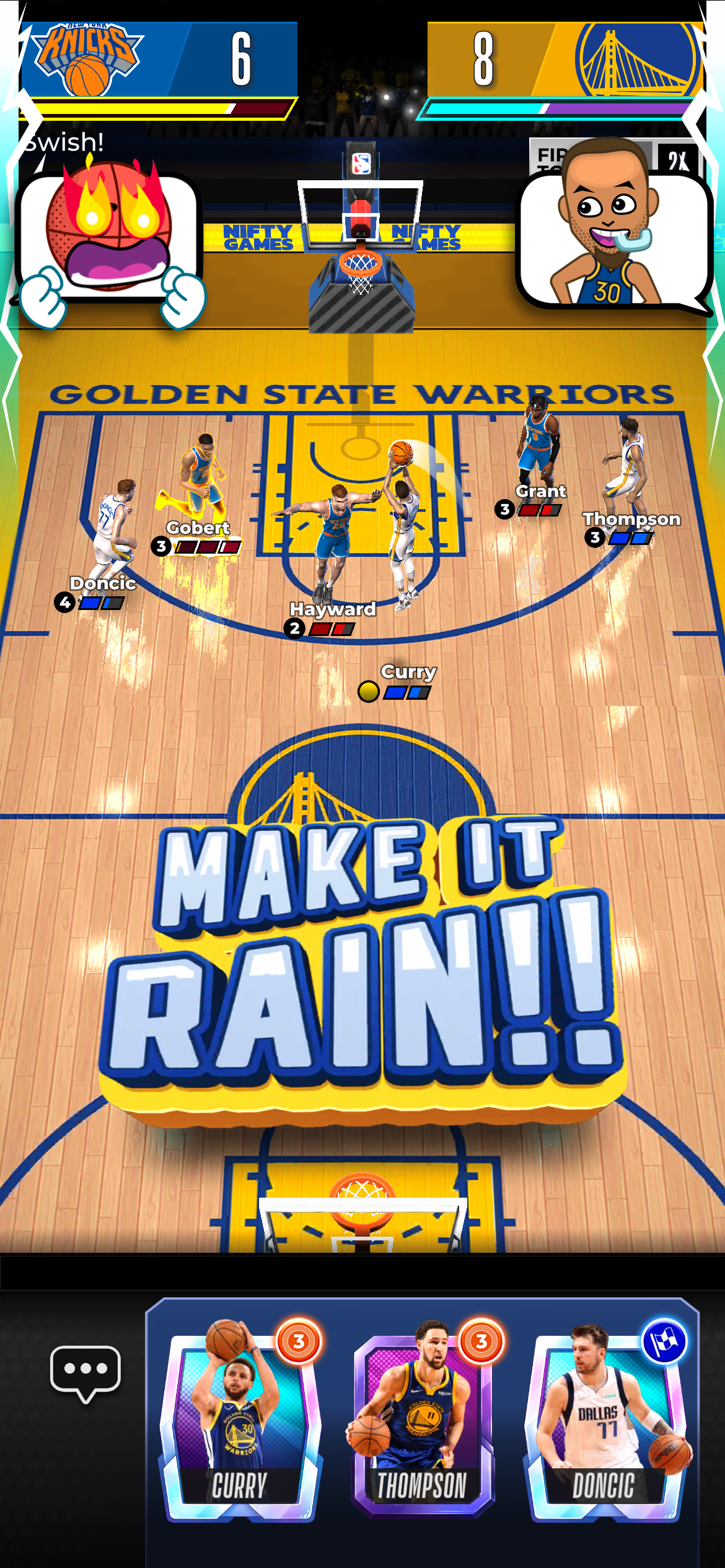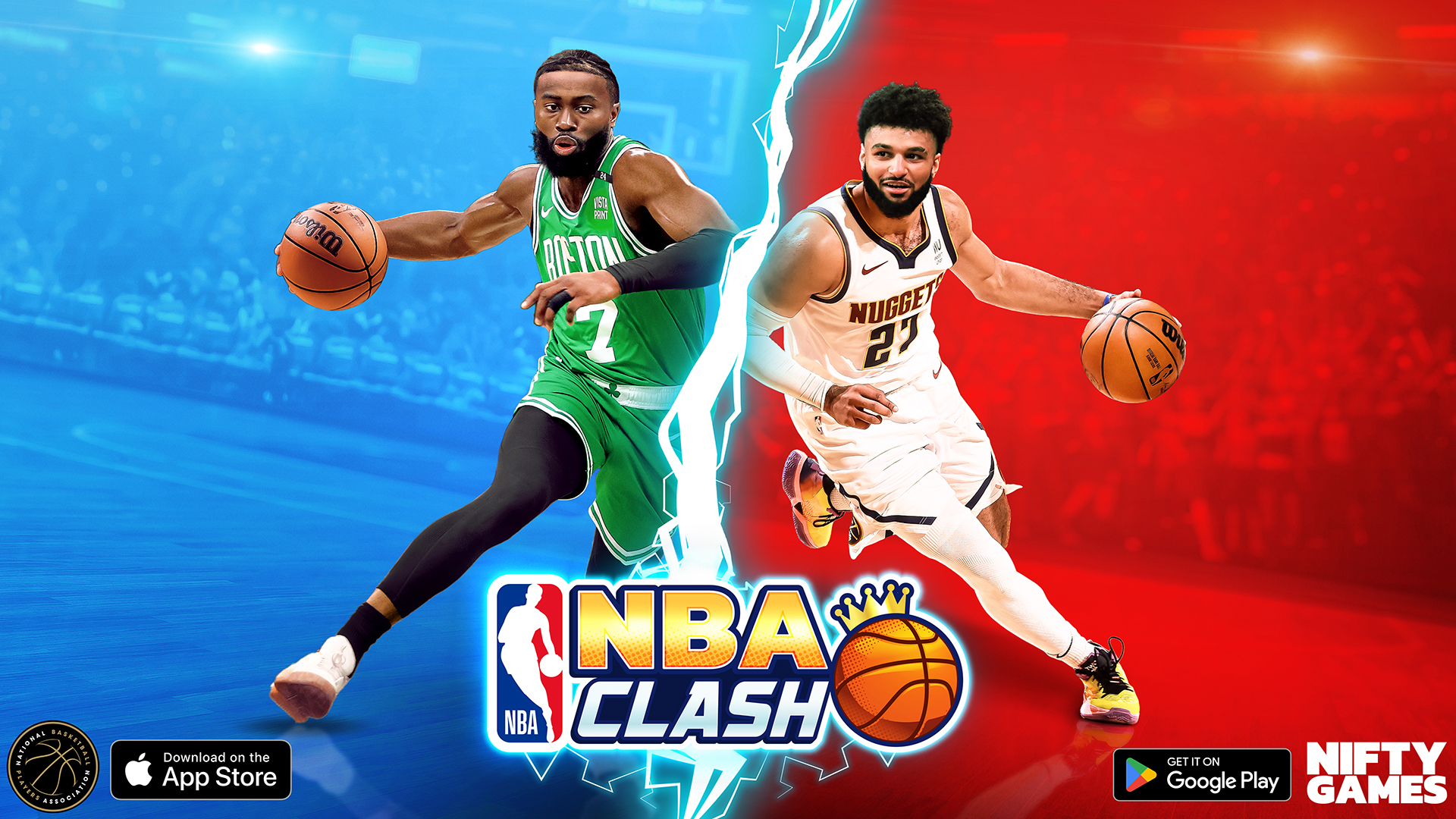 News Release
News Release
Equities-Gold Trends amid Inflation, Global Events
CME Group
All examples in this report are hypothetical interpretations of situations and are used for explanation purposes only. The views in this report reflect solely those of the author and not necessarily those of CME Group or its affiliated institutions. This report and the information herein should not be considered investment advice or the results of actual market experience. Investors usually value assets in terms of fiat currencies like the U.S. dollar (USD). For example, we might say that XZY corporation is trading at $100 per share. Or that gold is worth $1,680 per ounce. Viewing all asset prices relative to fiat currencies can cause one to overlook powerful trends in the relative value between different investments, such as U.S. equities and gold. U.S. equities have performed exceptionally well over the past century, rising 221-fold in value versus the U.S. dollar. But there’s a catch: over that same period, the U.S. dollar has lost 98.8% of its value relative to gold. While one would have been vastly better off having invested in the stock market rather than putting cash under the mattress, one would have been only marginally better off in the stock market than having invested in gold (Figure 1). Figure 1: Gold prices have nearly kept pace with stock prices over the past century While gold and equities have achieved broadly similar price returns over the past century versus USD, they have achieved those returns at vastly different times. The relative value trend between gold and equities becomes evident when one redenominates the S&P 500® in terms of gold rather than dollars. The S&P 500 is a reference index based on the value of stocks in USD. The price of gold is expressed as USD per troy ounce. As such, when one divides the S&P 500 by the price of gold, the USD terms cancel out and one is left with the S&P 500 value in gold terms. The first thing that becomes obvious when one looks at S&P 500 repriced in gold terms is the strength of the trends (Figure 2): Figure 2: The S&P 500/gold ratio has been subject to strong, decades-long price trends 1929-1942: Great Depression and the Rise of the Axis Powers -- Stocks fall 86% in Gold Terms Between 1929 and 1942, the S&P 500 fell by 86% in gold terms. Between 1929 and 1933 prices of stocks fell by a similar amount in USD terms as the world descended into the Great Depression of the 1930s. While stocks rebounded somewhat between 1933 and 1942 in dollar terms, they did less favorably in gold terms as one of the Roosevelt Administration’s first acts was to devalue the U.S. dollar versus gold, sending it from $20.63 to $35 per ounce, a value that would remain fixed until the early 1970s. In addition to the economic volatility from 1929 to 1942, that period had important geopolitical dimensions. During the 1930s, imperial Japan and Nazi Germany began wars that upended the post-World War One international order. By 1937 the Japanese had annexed Manchuria. By 1938 the Germans had taken over Austria and annexed parts of Czechoslovakia. World War Two began in earnest with the Nazi and Soviet invasion of Poland in September 1939 which also saw the Soviet Union annex Estonia, Latvia, Lithuania and parts of Finland. By 1940 the Germans controlled most of continental Europe, and in 1941 attacked the Soviet Union, six months before Japan attacked the United States at Pearl Harbor. The rapid expansion of the Axis powers in Europe and the Pacific up to mid-1942 spooked equity investors and made the gold-linked U.S. dollar appear to be an attractive alternative. 1942-1967: Pax-Americana Part 1 -- Equities rally 1,160% in gold terms Stocks began rallying in mid-1942 just as the Allies began to turn the tide of war. After they emerged victorious in 1945, they set up the Bretton Woods system of fixed exchange rates. The U.S. dollar was fixed to gold at $35 per ounce and all other currencies were pegged to the U.S. dollar. Despite fierce competition between the U.S. and Soviet Union, the bi-polar post-war system was broadly stable and equity markets soared in value despite occasional periods of intense geopolitical concern such as during the Korean war and the Cuban Missile crisis. 1967-1980: Stagflation, Oil Embargo and Shah of Iran --- Stocks fall 95% versus gold By 1967 the U.S. was mired in the conflict in Vietnam. By 1968, over half a million U.S. soldiers were on the ground in Vietnam. Public opposition was rising. And the economy, boosted by war-time expenditures and the expansion of the Great Society social programs, began to overheat. Inflation, which had been below 2% for most of the post-Korean-War period, began to rise sharply. Other countries, notably France, doubted the value of the U.S. dollar and their central banks began selling dollars to buy gold. In August 1971, President Nixon took the U.S. off the gold standard and the price of gold soared from $35 to $177 per ounce by 1975. Meanwhile, stocks prices went sideways in USD terms, with deep bear markets in 1969-70, 1973-74, 1977 and 1980-82 that were punctuated with brief recoveries. As the U.S. withdrew from Vietnam, the international order underwent a period of turbulence beginning with the Arab oil embargo in 1973 which more than quadrupled the global price of crude oil from $3 to $14 per barrel almost overnight. A brief period of stability in 1975 and 1976 led to a recovery in stocks relative to gold and the economy but the international order encountered a second round of turbulence in the late 1970s. In Iran, the Shah’s government collapsed in 1978, giving rise to the Islamic Republic in 1979. In late 1979 the Soviet Union invaded Afghanistan. The price of oil soared to over $40 per barrel, and U.S. inflation surged to over 10% per year. By 1980, the price of gold would exceed $800 per ounce. 1980-2000: Pax-Americana 2 -- Tight Money & Reaganomics – Stocks outperform gold by 4,100% At the end of 1979, President Carter got serious about inflation, appointing Paul Volcker to run the U.S. Federal Reserve (Fed). Volcker set interest rates as high as 20%. Under Carter the U.S. took the first steps towards supply-side economics, deregulating the airline industry in 1978 and cutting capital gains taxes in 1980. In 1981, President Reagan took these policies much further, favoring a broad deregulation of the economy and slashing income tax rates from 70% to 28% while also lowering the corporate tax rate from 46% to 35%. The combination of supply-side policies, improving productivity growth and tight money policy brought down inflation from 14% in 1980 to 4% in 1989. Meanwhile, between 1989 and 1991 the Warsaw Pact and the Soviet Union disintegrated, leaving the U.S. as the sole superpower. A recession in 1990 and 1991 brought U.S. inflation rates to around 2% by 1993, where they stayed for the next quarter century. U.S. politics shifted subtly in 1993 with the arrival of the fiscally conservate Clinton Administration. By 2000, deficits had turned into surpluses and U.S. productivity growth surged. Strong growth, geopolitical stability and low inflation was the ideal environment for equity investors, but not so for holders of gold, who saw the yellow metal sink to $280 per ounce. 2000-2011: A New Age of Turbulence – Stocks underperform gold by 89%. The U.S. economy was already in the “tech-wreck” recession at the time of the 9/11 terrorist attacks in 2001. By the end of 2002, the U.S. had already begun its 20-year long mission in Afghanistan and was about to invade Iraq. The S&P 500 had fallen by 50% and the tech-heavy Nasdaq 100 by 85%. The Fed lowered rates from 6.5% to 1% to combat the recession and the economy began a feverish recovery fueled by subprime lending and consumer borrowing. Even during the 2003 to 2007 expansion, gold prices rose faster than inflation. As the global financial crisis began in late 2007, the Fed lowered rates from 5.25% to near-zero, and stocks fell by 60% in dollar terms as gold continued to soar. By 2011, gold topped out at nearly $2,000 per ounce. 2011-2021: A 1975-76-Style Counter-Trend Rally – Stocks outperform gold by 347%. The 2010s were a dream decade for traditional long-only investors in stocks and bonds. Inflation remained low and stable. Corporate earnings surged by over 150%. With a few exceptions, such as the Arab Spring, the rise and fall of ISIS and Russia’s occupation of Crimea in 2014, the international order was broadly stable – or at least seemed manageable enough to investors. Stock prices soared and gold retreated to as low as $1,300 per ounce. But was this just a counter-trend rally? Nearly all of the gains in stocks relative to gold during this period came between 2011 and 2018. Since the beginning of the Sino-U.S. trade dispute in 2018, there have been notable shifts in economic policies around the world. The march towards free trade stumbled. Many governments and corporations appeared to focus on onshoring or near-shoring production, which increases costs and contributes to inflation. After the pandemic struck in 2020, government spending began to surge in a way that has not been seen since World War Two. In the U.S., Federal spending rose from 21% to 35% of GDP between March 2020 and March 2021. Similar, if somewhat more modest increases in public spending, occurred in Europe, Japan and many other countries. Inflation has since surged to levels not seen since the 1970s amid soaring demand for goods during the pandemic, ultra-easy money policies and severe supply chain disruptions. Since the U.S. withdrew from Afghanistan in the summer of 2021, there has been a noticeable uptick in geopolitical instability. Russia’s invasion of Ukraine is by far the biggest geopolitical event, which has created an enormous supply shock in natural gas, fertilizer and agricultural markets worldwide, especially in Europe. In addition, there have been rising tension in the Taiwan Strait and open conflict between Armenia and Azerbaijan as well as Kyrgyzstan and Tajikistan. Since the beginning of 2021 gold has slightly outperformed stocks, but it hasn’t done exceptionally well. With increasing global instability and inflation surging to above 8% across the West, one might have imagined that gold would have performed exceptionally well. But it hasn’t. Why not? Part of what has held gold back has been the rapid interest rate tightening cycle by the Fed. In October last year Fed funds futures didn’t price even one Fed rate hike. Now the Fed has already hiked rates by 300 basis points (bps) and investors anticipate perhaps another 125 bps of hikes by year’s end. The sea change in monetary policy has probably helped to keep a lid on gold prices, which show a negative correlation with expected future Fed rates (Figures 3 and 4). Once the Fed stops hiking rates, however, gold may have more space to rally. Figure 3: Gold often reacts negatively to expectations of higher Fed rates Figure 4: Gold and silver have consistent negative correlations with expected Fed moves There is, however, one major reason to be concerned that equities might fall versus gold: equity valuations. Even after the bearish market sentiment thus far in 2022, equities remain at exceptionally high valuation levels by historical standards. Moreover, these valuation levels appear to be predicated on the assumption that long-term interest rates won’t rise much further, and that inflation returns to low levels quickly (Figure 5). If inflation turns out to be more persistent than expected and if geopolitical uncertainty continues to intensify, gold could outperform equities like it did from 1929-42, 1967-80 or 2000-11. Figure 5: High equity valuations are predicated on the assumption that bond yields stay low Bottom Line: * Equities and gold can have extremely strong relative value trends that last a decade or more * Equities tend to outperform gold during periods of low inflation, high growth and global stability * Gold tends to outperform stocks during periods of global instability, financial stress and high inflation As the world's leading derivatives marketplace, CME Group https://www.cmegroup.com/) enables clients to trade futures, options, cash and OTC markets, optimize portfolios, and analyze data- empowering market participants worldwide to efficiently manage risk and capture opportunities. CME Group exchanges offer the widest range of global benchmark products across all major asset classes based on interest rates, equity indexes, foreign exchange, energy, agricultural products and metals. The company offers futures and options on futures trading throughthe CME Globex® platform, fixed income trading via BrokerTec and foreign exchange trading on the EBS platform. In addition, it operates one of the world's leading central counterparty clearing providers, CME Clearing. This post contains sponsored advertising content. This content is for informational purposes only and is not intended to be investing advice. Contact Details CME Group +1 312-930-1000 institute@cmegroup.com Company Website https://www.cmegroup.com/
November 10, 2022 10:00 AM Eastern Standard Time
Image
 News Release
News Release






